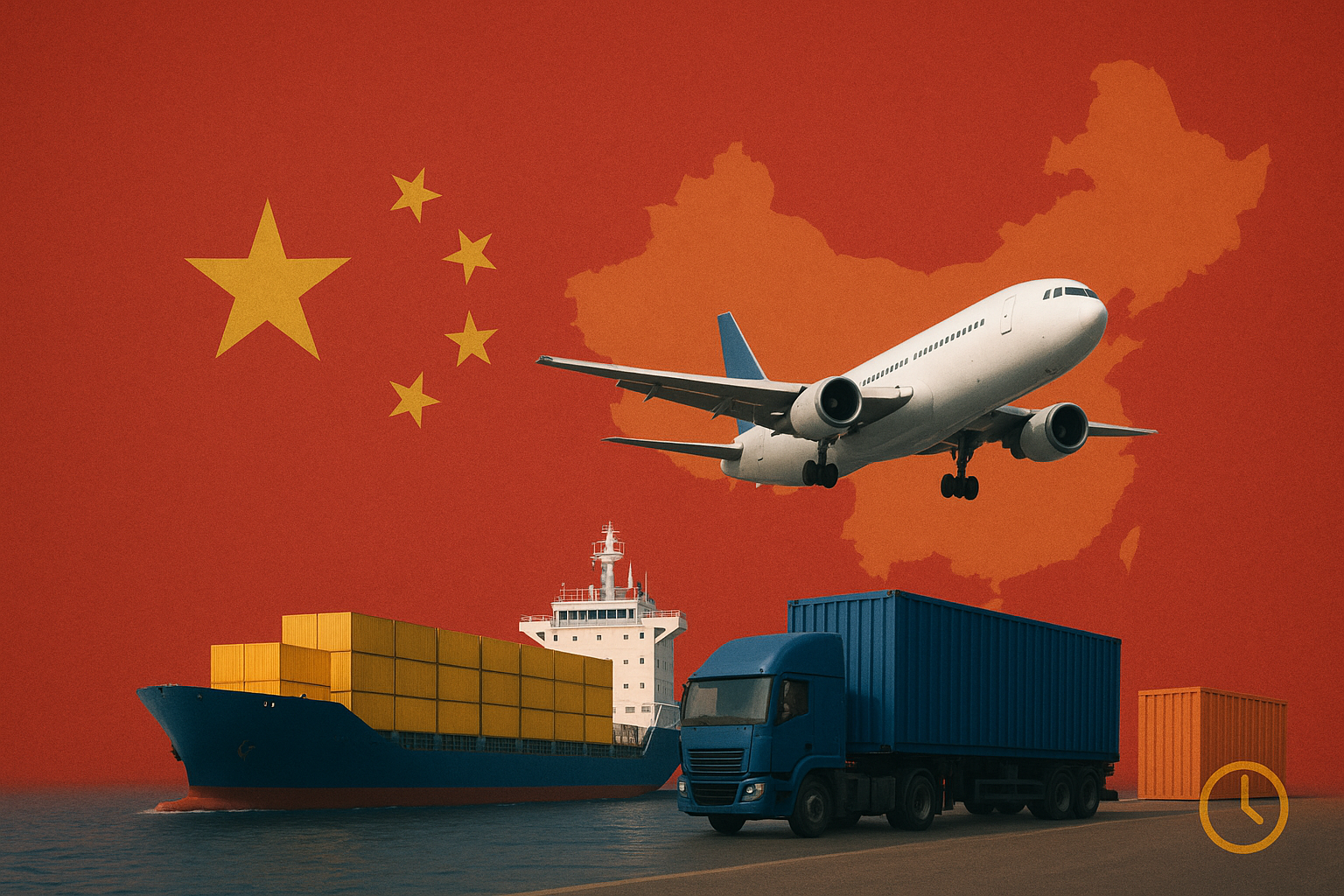Views Count :
Are you already selling products on Amazon or just planning to enter this promising marketplace? Then you definitely need to study Amazon FBA in detail to understand how it simplifies business operations and helps you focus on core objectives.Amazon FBA: Breaking Down a Complex ServiceAmazon FBA (Fulfillment by Amazon) is a service provided by Amazon that allows sellers to leverage its infrastructure for inventory storage, order processing, and product shipment to customers. This solution is designed to streamline operations for sellers who want to focus on business development rather than logistics management.The service handles key sales-related tasks, including:
- Inventory Storage: Your products are stored in Amazon’s fulfillment centers across the United States, where they remain until purchase.
- Order Processing: When a customer places an order on the platform, Amazon’s fulfillment team picks, packs, and prepares the item for shipment from the warehouse.
- Last-Mile Delivery: The service ensures fast and reliable delivery to customers, which is particularly important for Prime members who expect next-day delivery.
- Customer Service: Amazon also handles returns processing and customer inquiries.
Benefits for Sellers
- Time and Resource Optimization: You don’t need to secure warehouse space or hire staff for pick-and-pack operations.
- Access to Broad Customer Base: Through Amazon, you can sell your products to millions of customers.
- Enhanced Brand Trust: Products fulfilled through FBA receive Prime eligibility, which attracts more customers as this designation is associated with quality and expedited shipping.
Who Should Use Amazon FBA?
This service is ideal for:- Small and medium-sized sellers looking to scale without additional logistics overhead
- Product manufacturers seeking to enter international markets
- Entrepreneurs managing large product catalogs where independent logistics management is complex
Pros and Cons of Amazon FBA You Should Know
Amazon FBA is a powerful tool that helps entrepreneurs elevate their sales to the next level. However, like any business model, it has strengths and weaknesses.
Advantages
- Process Automation: Amazon handles most operations—storage, packaging, customer delivery, and returns processing. This allows sellers to focus on marketing, product selection, and business development strategy.
- Expedited Shipping: Products placed through FBA receive Prime eligibility, attracting millions of Amazon Prime subscribers. Fast delivery increases customer confidence and purchase likelihood.
- Global Marketplace Access: FBA enables product sales not only in local markets but also on international Amazon marketplaces, reaching a broad audience.
- Customer Service Management: Amazon handles all customer interactions, including inquiry processing, delivery issue resolution, and return coordination.
- Increased Seller Credibility: Products with “Fulfilled by Amazon” designation are perceived by customers as more reliable, contributing to sales growth and brand reputation improvement.
Disadvantages
Service Costs: Using FBA involves fees for storage, fulfillment, and shipping. Costs are particularly significant for low-margin products or items with slow inventory turnover.Limited Control: Sellers lose the ability to independently manage delivery and packaging processes. These aspects are entirely under Amazon’s control.Excess Inventory Issues: If products don’t sell, long-term storage at Amazon fulfillment centers increases expenses, potentially impacting profitability.Platform Compliance Requirements: Violating requirements can lead to sanctions, including account suspension.High Return Rates: Amazon’s lenient return policy allows customers to return items within 30 days with full refunds, often resulting in additional costs.Best-Selling Products Through Amazon FBA
For successful Amazon FBA sales, it’s important to choose products that are in demand and match efficient logistics characteristics.- Lightweight and Compact Items: Small-sized, low-weight products save on storage and shipping costs. Examples include smartphone accessories or kitchen utensils.
- Low-Cost Products: Items with modest pricing ($10-$50) sell much faster than more expensive ones. Customers always consider price and seek value options.
- Popular High-Margin Products: Items that solve specific problems or align with trends, such as organic cosmetics, eco-friendly home goods, or fitness accessories.
- Universal Products: Items appealing to broad audiences, such as gift sets or children’s products.
- Hard-to-Find Local Products: Specialized merchandise difficult to purchase in regular stores, such as rare spare parts or hobby items.
Amazon FBA: Costs and Fee Structure
Amazon FBA provides convenient service, but sellers pay for comfort and broad audience access. The platform has two types of fees, with main costs including:
- Fulfillment Fees Amazon charges a fixed amount for packaging and shipping each item, varying based on product weight and dimensions.
- Product packaging and shipping
- Order handling fees (dependent on item size and type)
- Referral fees (6% to 45% of item value)
- Storage Fees. Monthly charges calculated based on product size, volume, and season. For instance, storing a small box might cost $1-2 per month, with rates increasing during peak holiday months.
- Fulfillment — approximately $4
- Storage — $0.50
- Referral fees — $1.50 (15%)
- Additional services — $0.20
- Additional Costs. These may include return processing fees, repackaging costs, obsolete inventory disposal, and charges for services like advertising or professional subscription plans.
How to Ship Products to Amazon FBA Without Complications If you need assistance with freight forwarding from Ukraine to the USA for placement in Amazon fulfillment centers, G8toUS is ready to handle all logistics operations. We ensure fast and secure processes and assist with customs clearance when necessary, allowing you to focus on business development while minimizing risks.






